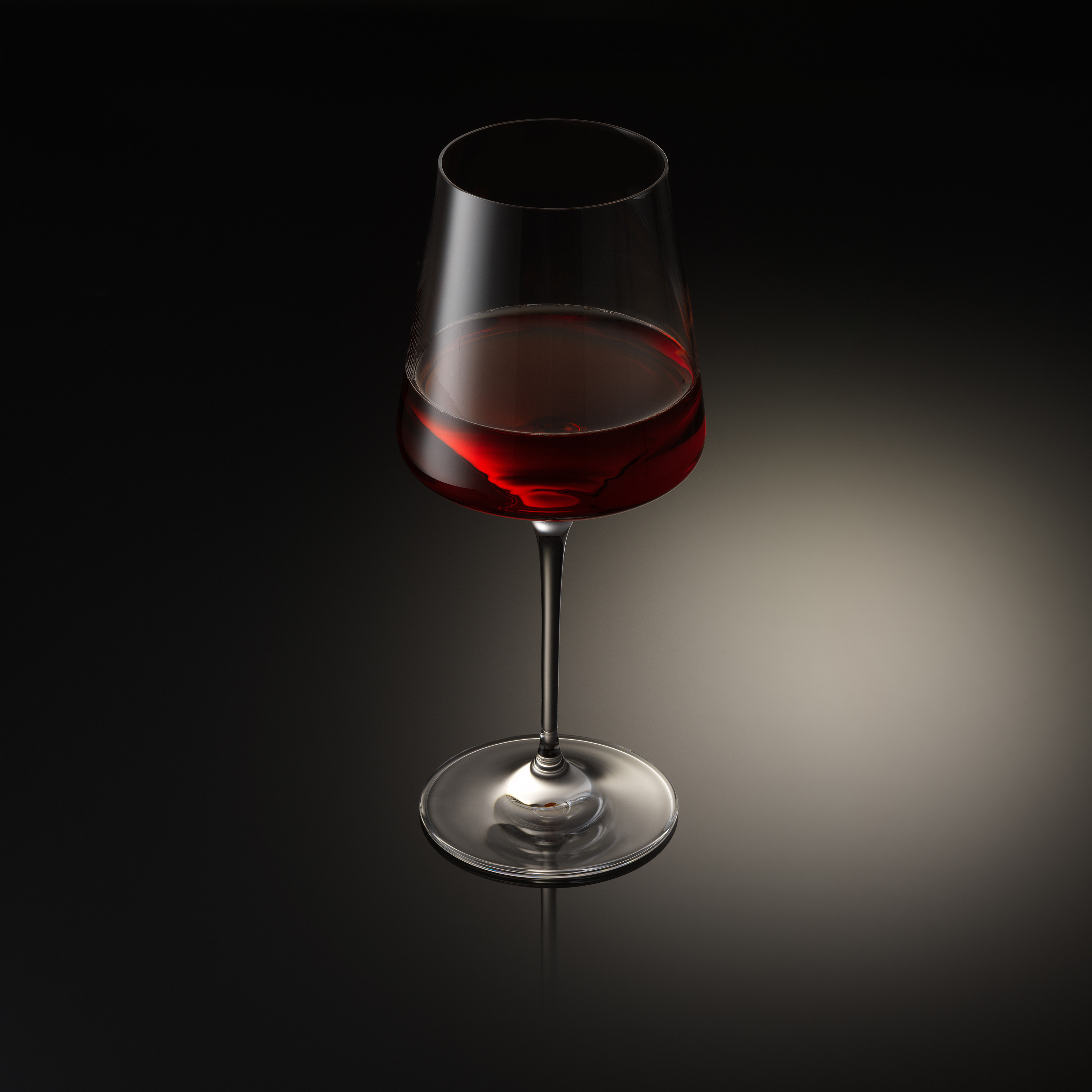The right wine glass does more than hold a pour—it shapes the entire experience. From the first swirl to the final sip, the curve of the bowl, the size of the rim, and even how it fits in your hand affect what you smell, taste, and feel.
Whether you’re setting the table for guests or simply unwinding with a favorite bottle, understanding wine glass types can transform how you enjoy every sip.
The Burgundy Glass: For Aromatic, Expressive Reds
The Burgundy glass is the big, round one—the kind that looks like it could cradle an entire bouquet. That wide bowl is intentional: it lets delicate red wines open up and breathe, revealing their complex aromas.
-
Shape: Large, rounded bowl with a gently tapered rim
-
Purpose: Maximizes aeration for aromatic varietals
-
Best For: Pinot Noir, Nebbiolo, Barbera, and other soft, layered reds
The open surface area encourages oxygen contact, which softens acidity and releases floral, fruit, and earthy notes. It’s perfect for wines that thrive on nuance and perfume rather than structure.
The Red Wine Glass: For Bold, Structured Varietals
A classic red wine glass is slightly smaller and taller than the Burgundy style, offering a balance between aeration and aroma concentration.
-
Shape: Medium-to-large bowl, narrower opening
-
Purpose: Softens tannins while focusing aromas
-
Best For: Cabernet Sauvignon, Merlot, Syrah, Malbec
This shape directs the wine toward the center or back of your palate, highlighting depth and tannin without overwhelming fruit or spice. It’s the all-around performer—and often the best wine glass for red wine if you want one go-to shape.
The White Wine Glass: Crisp, Cool, and Focused
White wines are all about freshness and clarity. The smaller bowl of a white wine glass helps preserve temperature and showcase those bright, delicate aromas.
-
Shape: Narrow bowl and rim
-
Purpose: Maintains chill and concentrates aromatics
-
Best For: Sauvignon Blanc, Chardonnay, Pinot Grigio, Riesling
Less surface area means less air exposure, keeping crisp whites lively and refreshing from first pour to final sip.
The Stemless Wine Glass: Modern, Effortless Versatility
Stemless wine glasses are the modern essential—minimal, durable, and made for everyday enjoyment.
-
Shape: Similar to a classic red or white bowl, minus the stem
-
Purpose: Casual, approachable, and multipurpose
-
Best For: Reds, whites, sangria, or even cocktails
They’re perfect for relaxed dinners or cozy nights in, pairing form and function for people who love good design without the formality. The stemless wine glass has become a favorite for those who value both style and ease.
Why Wine Glass Shape Matters
Each glass shape interacts differently with the wine’s aromas, temperature, and texture.
-
Aroma: Wider bowls encourage swirling, helping release scent molecules.
-
Temperature: Stems prevent body heat from warming chilled wines.
-
Aeration: Bigger openings let bold reds breathe, softening tannins.
-
Taste Flow: The rim shape controls how wine lands on the tongue, enhancing balance.
These aren’t hard rules—they’re small design choices that make a big difference in flavor and feel.
The Beauty of Shape
Every curve, rim, and contour in a wine glass exists for a reason. The way it releases aroma, holds temperature, and guides each sip is a quiet kind of design magic—one that turns the simple act of drinking wine into something intentional.
Because at the end of the day, the best glass isn’t the fanciest or most expensive one; it’s the one that fits the wine you love and the way you like to enjoy it. Understanding those shapes just helps you savor the experience a little more deeply.









